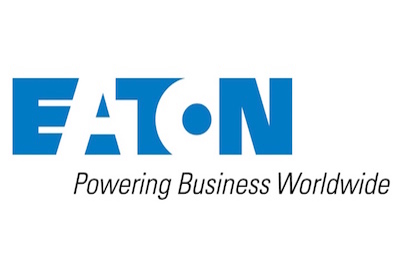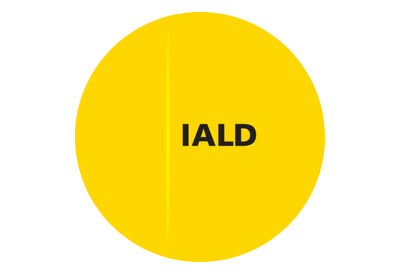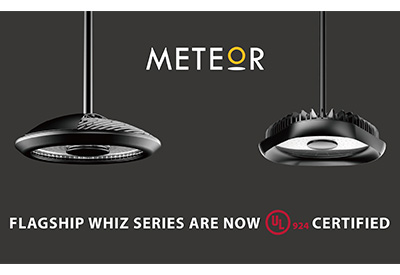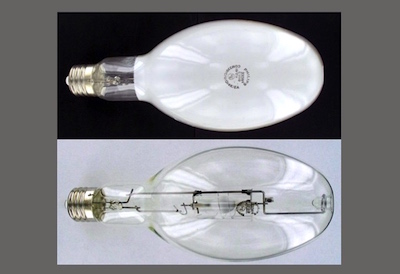Smart Poles Can Create New Revenue Streams and Improve Public Safety

Feb 21, 2020
As sensor and communications technologies continue to make the urban landscape more connected and intelligent, there is a growing need for support infrastructure. Although a nascent market, smart poles are poised to fill this need. Navigant Research, a Guidehouse company, defines smart poles as the integration of smart lighting systems, sensors, wireless connectivity (Wi-Fi or cellular technology), and other functions into one cohesive unit. These pieces of urban infrastructure have found a growing market space since 2015.
In the developing market, several smart pole market drivers have emerged. Current and future needs for public connectivity and cellular network densification are expected to play a modulating role in the speed of smart pole deployment. In addition, cities are stressing the need to ensure wireless connectivity for residents. A strong and consistent connectivity backbone is essential for the proper functioning of cellular phones, Internet of Things (IoT) sensors, mobile payments, automated vehicles, and more. Municipalities are also seeing smart poles as infrastructure that can create new revenue streams and improve public safety.
This Navigant Research report analyzes the development and drivers of the smart poles market including financial, economic, and connectivity factors for all world regions. Global market forecasts of smart pole hardware and services are broken out by segment and region and extend through 2028, including a forecast for smart pole sectors. The study also examines significant smart pole projects and case studies of major deployments as well as the competitive landscape.
\











